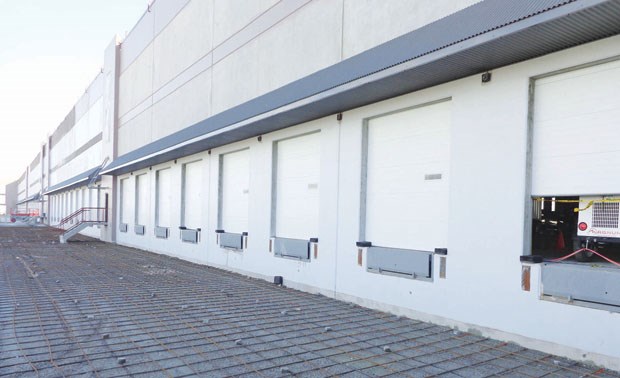As if the demand wasn't already high enough, Delta and Richmond have become even more sought after for industrial development.
According to a recent report by Avison Young, new construction and transportation infrastructure continues to reshape Delta's expanding industrial market and attract investment from all quarters, while the maturation of Richmond's industrial nodes has proven attractive thanks to sustained demand and ongoing low vacancy.
Listing examples of the strong industrial sales and leasing activity in Delta and Richmond, the report notes sales activity in Delta in 2015 was the second strongest on record. Meanwhile, strong leasing activity and a lack of supply pushed vacancy in Delta below five per cent for the first time since spring 2009.
The report adds there will be "intense demand" from investors and owneroccupiers to relocate or expand over the next 12 months.
While Delta remains a hot market, a recent study commissioned by the Vancouver Fraser Port Authority found the current supply of tradeenabling land in the Lower Mainland will likely be exhausted within 10 years. The report also concludes that industrial land located near major rail and road networks is needed for warehouse and distribution centres so goods movement can be done efficiently.
"Specifically, sites with proximity to Deltaport, Canadian National Railway or Canadian Pacific Railway inter-modal yards, and Highways #1, 91, 99 via the South Fraser Perimeter Road, all have the potential to host a major logistics hub," the port report notes.
The port authority report also concludes that locating such facilities far from a port, and even outside the Lower Mainland, would mean increased truck traffic, more congestion, higher consumer prices and environmental impacts.
Those findings are contrary to an inland port study undertaken by Delta two years ago that found economic, social and environmental benefits of inland ports.
The port authority has applied to build a second container terminal at Roberts Bank, leading environmental and farmland activists to warn that it will put even more development pressure on farmland in Delta.
A letter to the Canadian Environmental Assessment Agency by the Delta Farmers' Institute also warned of such a scenario.
"Over the last decade, almost 400 hectares of farmland has been lost to impacts of port development, the Tsawwassen First Nation treaty agreement and the construction of the South Fraser Perimeter Highway. If Roberts Bank Terminal 2 goes ahead, agricultural lands will be further under pressure and as much as 600 hectares will be earmarked for port-related development," wrote vice-president Clarence DeBoer.



